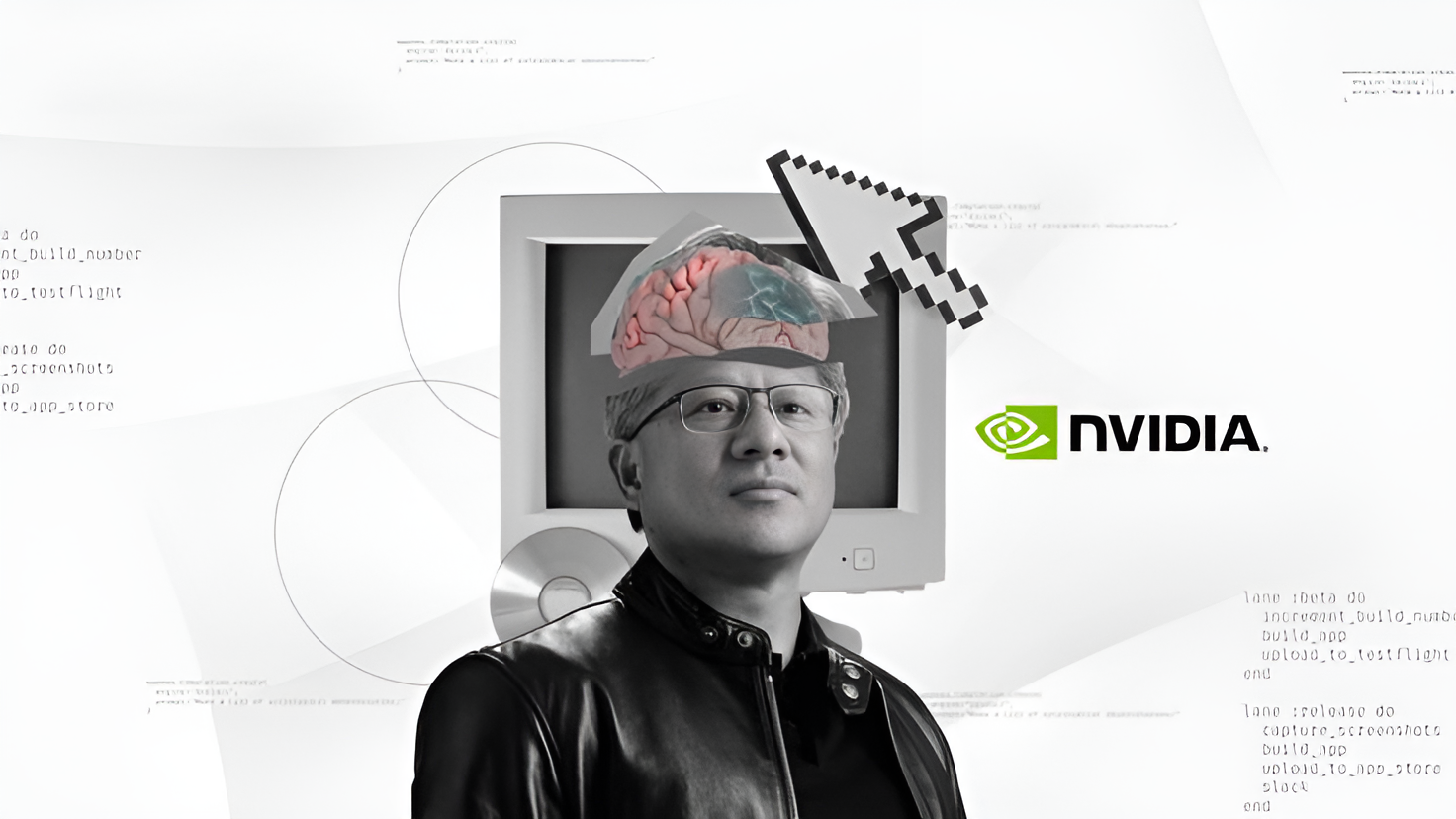Chinese AI Ban Reverberates Analysis Report
5W1H Analysis
Who
The key stakeholders involved are the United States government, American investors, and ByteDance, the Chinese tech company responsible for TikTok. The Chinese and global artificial intelligence (AI) markets are also indirectly involved as stakeholders.
What
The United States has implemented a ban preventing its citizens from investing in ByteDance. This announcement is part of a broader set of restrictions targeting Chinese technology companies, particularly those in the AI sector, to limit China's access to American capital and technological influence.
When
The ban and associated policy changes were announced on 11th June 2025, as inferred from the publication date of the news article.
Where
The geographic focus is on the United States and China, affecting American investors, ByteDance (based in China), and the global tech and AI markets.
Why
The principal motivation behind this US policy is national security and protecting domestic tech industry interests. The ban seeks to curtail the influence and financial growth of Chinese tech companies perceived as rivals or threats in the AI and tech domains.
How
The mechanism of implementation involves regulatory measures that restrict American individuals and entities from acquiring or holding investments in ByteDance. The enforcement of these measures likely involves financial monitoring and trade restrictions executed by US regulatory bodies.
News Summary
Recently, the United States has enacted a ban to prevent its citizens from investing in ByteDance, the company behind TikTok, as part of a wider strategy targeting Chinese AI companies. The move is designed to limit China's influence and dominance in AI, reflecting broader geopolitical and economic contestations between the two nations.
6-Month Context Analysis
Over the past six months, there has been a noticeable tightening of regulations concerning US-China tech investments. Similar measures have been adopted, such as restrictions on semiconductor exports to China and enhanced scrutiny of Chinese tech firms seeking US capital. This trend highlights the increasing tech decoupling strategy pursued by Western economies.
Future Trend Analysis
Emerging Trends
- Heightened geopolitical tensions resulting in more protectionist policies - Increased focus on domestic technology advancements in the US - Potential growth of alternative markets for Chinese tech companies
12-Month Outlook
Given continuing tensions, it is likely we will see further untangling of tech industry investments between the US and China. American tech companies may intensify efforts to innovate independently, while Chinese tech firms may seek capital and partnerships aggressively outside the US.
Key Indicators to Monitor
- Policies related to international tech investments - Market movements and financial activity of Chinese tech stocks - Developments in US technology and AI funding
Scenario Analysis
Best Case Scenario
The US successfully protects its technological interests and stimulates domestic innovation, while ByteDance and other Chinese tech firms find new non-US markets, minimizing disruption to global operations.
Most Likely Scenario
Global markets adjust with companies restructuring their investment strategies. Tech innovation proceeds independently within each region, with potential collaborative efforts in neutral territories or industries.
Worst Case Scenario
Further escalation of economic and technological tensions leading to significant disruptions in global supply chains, stifling innovation and creating fragmented technology ecosystems.
Strategic Implications
American investors need to diversify into other tech markets. US tech firms should leverage this protectionist stance to bolster research and innovation domestically. Chinese firms should explore partnerships outside traditional Western markets to maintain growth.
Key Takeaways
- US investors must adjust portfolios to comply with new restrictions on Chinese tech investments.
- US and Chinese tech companies are likely to accelerate independent innovation strategies.
- The geopolitical landscape necessitates diversified market strategies for tech firms.
- Monitoring policy developments will be crucial for stakeholders in adjusting to the rapidly evolving tech market.
- Cross-border collaborations are likely to become more complex, necessitating strategic foresight.
Source: Chinese AI ban reverberates





















Discussion